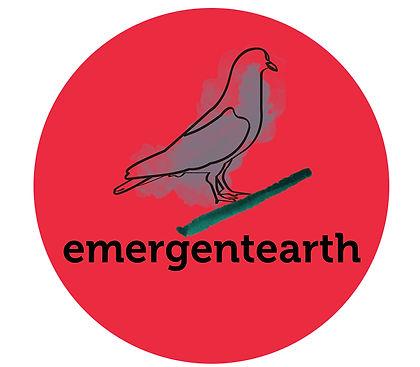an emergent
website design
by
peter jay stein, md, ma
atmosphere
asthenosphere
lithosphere
regolith
biosphere
hydrosphere



This 54 page synopsis of the evolution
of the Earth, the origin and progression of life, and the
emergence of humans as descendants of the hominin lineage, divides the last 4.57 billion years into progressively overlapping, imagistic, time segments, to outline our place in biological existence.
magnetosphere
ionosphere
THIRTY-FOUR
Emergent Cambrian Period: 541 - 486 mya
Features of the Cambrian period: 541-485 mya
1) The oldest subdivision, or "lowest system" of the Paleozoic era, "characterized by the appearance of numerous animals (metazoans) bearing mineralized skeletons" (The Geologic Time Scale, p. 438).
2) Known as the Cambrian radiation, or Cambrian explosion, "an explosion in biotic diversity", due to the relative sudden appearance of many new animal body plans, and of "most multicellular phyla that have populated the Earth" (The Geologic Time Scale, pp. 437, 466) .
5) Small, cartilaginous, vertebrate fish begin to appear, and a dominance of trilobites.

ediacaran period 635-541mya
6) Seas gradually flood the continents, with a globally warm, greenhouse climate.
4) The first chordates appear: Pikaia - worm-like, with a visible, dorsal nerve cord, from the Burgess Shale, in B.C. - first thought to be an arthropod, but lack an exoskeleton and jointed legs.
3) The Age of Marine Invertebrates (mollusks; worms; sponges; echinoderms), the trilobites are the most widely used fossil group for biostratigraphic zonation, the best known group of Paleozoic arthropods (ibid., p. 467)
(marks the end of the Proterozoic eon, the beginning of the Phanerozoic eon, and the first period of the Paleozoic era